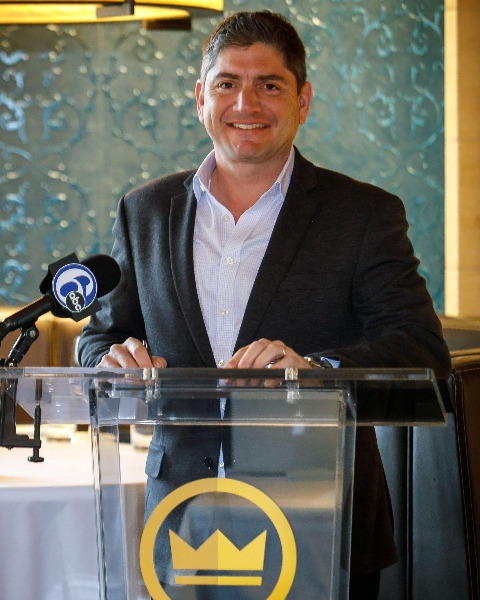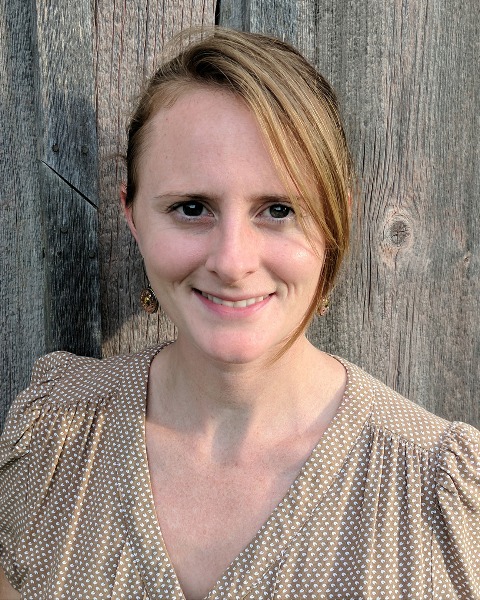Back
Future of Work, Upskilling and Reskilling
Repositioning Suburban Centers for a Post-Pandemic World
Wednesday, April 26, 2023
1:30 PM – 2:15 PM CDT
Location: Channel 1
CM | .75
- BO
Brian N. O'Leary
Wynnewood, Pennsylvania

Eric Goldstein
President & CEO
King of Prussia, PA
- JD
Jillian Dierks
Ardmore, Pennsylvania
Moderator and Speaker(s)
Speaker(s)
Suburban commercial areas offer great opportunities to accommodate population and employment growth in a post-pandemic world. There is plenty of room for denser buildings, new transportation options, missing-middle housing, green infrastructure, placemaking, green energy, and a host of other improvements that will reposition suburban centers for rapidly changing times. However, tackling fractured ownership, political opposition, economic uncertainty, and highway dominance can be challenging. If communities do not plan holistically for suburban growth and change, they will let this great opportunity for reinvention slip away.
This case study focuses on planning and implementation efforts in three suburban Philadelphia commercial cores – Bala Cynwyd, King of Prussia, and Exton – and how they evolved to meet post-pandemic business and consumer preferences. Local leaders delve into the nuts and bolts of repositioning their suburban commercial cores and explain how:
* housing and transportation have diversified;
* the environmental impact of new development is being reduced;
* placemaking can change the image of suburban centers, and;
* political opposition and polarization can be overcome.
NPC Peer Reviewers assigned this presentation a learning level of Intermediate. For more on learning-level descriptions, visit our General Information Page.
This case study focuses on planning and implementation efforts in three suburban Philadelphia commercial cores – Bala Cynwyd, King of Prussia, and Exton – and how they evolved to meet post-pandemic business and consumer preferences. Local leaders delve into the nuts and bolts of repositioning their suburban commercial cores and explain how:
* housing and transportation have diversified;
* the environmental impact of new development is being reduced;
* placemaking can change the image of suburban centers, and;
* political opposition and polarization can be overcome.
NPC Peer Reviewers assigned this presentation a learning level of Intermediate. For more on learning-level descriptions, visit our General Information Page.
Learning Objectives:
- Plan for realistic suburban reinvention and diversification.
- Implement placemaking and greening improvements in dense suburban settings.
- Create organizational frameworks to address political polarization and changing worker and consumer preferences.
